For Kirsten Corio, the path to overseeing commercial operations for the United States Tennis Association (USTA) wasn’t exactly linear. In fact, she studied biology before starting her career in sports business.
Now, Corio is the chief commercial officer for the USTA and leads a team responsible for generating over $500 million in revenue annually, including ticket sales, hospitality, global media rights, sponsorships, merchandise and digital strategy.
Corio spoke to Fortune from her office at the USTA Billie Jean King National Tennis Center earlier this week during the U.S. Open and shared her leadership advice, networking tips and more.
The questions and her answers have been edited for length and clarity.
You’ve been the USTA’s chief commercial officer for a little over three years and have been with the USTA for nearly 10 years overall. What does a day look like for you before the U.S. Open and then during the tournament?
In this role, I have the privilege of having oversight of the largest lines of business for the U.S. Open. That’s ticket sales, hospitality, global media rights, sponsorship and merchandise, each of which is supported by phenomenal, experienced teams of people who, in many cases, have been doing this for over 20 years.
In the off season, the 49 weeks that we’re not operating here, we’re really in strategy, ideation, brainstorm and budgeting mode, and then we move the cadence to operations, planning and execution. It’s like if you took an NBA season, and crammed it into three weeks. Whereas their cadence is a little bit more up and down in terms of operating, in our case the cadence is more spread out for the year.
From my perspective, I bounce around throughout those days from business to business to be as helpful and supportive as I can be, and where I can, coach or, as a partner, monitor all the business health metrics to enable us to forecast where we may land from a ticket sales or attendance perspective. We’ve got big budget goals to hit, and we’ve also got enhancements to the fan experience that we want to ensure are made and measured.
We’re hosting business clients and current partners every day and every night, and hosting friends of the business every day and every night as well. That helps us in terms of benchmarking best practices against other sports properties and industries and getting inspiration on how we can elevate our own game.
You brought up the NBA and spent about 14 years working there before joining the USTA. What was that transition like?
I think that adjustment is probably the starkest in terms of the cadence of how the season operates versus the three weeks [at the US Open]. That was a major adjustment. It’s a really stark change from having 70,000 fans and the energy that they bring you every single day for three weeks, to being in an office and it’s quiet, and you’ve got your meeting rooms and you’ve got your scheduled day.
The second thing I’ll say is the department that I spent most of my time at the NBA, the team marketing and business operations group, is focused on identifying, building and spreading best practices across the individual teams. It’s largely a consultative role.
Being able to take what I learned and put it into action and to own the risk of the decisions that you make and to reap the rewards of the decisions that you make [at the USTA] was a big change, but also one that I was really excited for and welcomed.
One thing you mentioned a minute ago that I appreciate is how you coach your team during the tournament. What’s some of the best coaching or leadership you’ve received in your career?
I’ve been privileged to have some of the best mentors in the business, just by happenstance and being in the right place at the right time. I have Stacey Allaster, who’s our CEO of professional tennis and the U.S. Open tournament director, as a tremendous mentor and coach. She believes in lifting up her staff and enabling and empowering them to make decisions and own their success.
She talks a lot about Billie Jean King’s famous quote, “pressure is a privilege,” and reminds us all that when you’re feeling squeezed, or you’re feeling stressed or anxious, that pressure is a privilege on the court extends to the business side.
She is a real advocate for lifting up female leadership, and she’s been a mentor and an inspiration to those of us who may have come up in in an industry where we didn’t see many people who looked like like us around a boardroom. She’s had a brilliant career, and she leads with humility and kindness.
And that’s also true and extends to my other mentor, Lew Sherr [former USTA CEO and chief revenue officer]. The two of them really embody what it means to be an empathetic leader.
At the same time, they demand excellence and challenge me, and those of us around them, to reach higher than we could have ever thought.
You mentioned that you do a lot of networking before and during the tournament. What’s some of your networking advice?
Be open. You never know who you’re going to talk to or who you’re going to meet in a room that may be a future lifelong friend and potential future colleague or teammate or mentor.
Build bridges. Don’t burn them. Those of us who have kept those bridges intact have translated really easily and authentically into lifelong friendships. For me, it’s really those two things: Be open to everyone and build bridges, don’t burn them.
I noticed on your LinkedIn that you studied biology at Boston College. I’d love to hear your path from studying biology to where you are today.
It’s a little bit unorthodox and non-linear, but I tell you, the biomechanics of tennis athleticism really tie back to my fascination with science. I grew up loving science, and I thought I wanted to be a veterinarian for most of my adolescent life, and I really liked biology. I didn’t know exactly what I wanted to do with that degree, but it became apparent for me shortly after graduation that I definitely needed a bit more of a socially vibrant career that would take me to a lot of different places and where I could meet a lot of different people and be in a more entertainment-focused industry.
I wouldn’t say I sought it out. I was lucky to be in the right place at the right time, working at a consulting firm for a software company that was doing business with the NBA in one of the first Customer Relationship Management (CRM) startups, and the NBA was building its first CRM database. And so that was the transition for me. That was the bridge. That was the break from post-college to sports business.
And so it’s funny when young people ask me today, ‘How do you break into the sports business industry? Tell me about your path.’ And I’m not sure mine is a replicable one, but to go back to the lessons of being open and building bridges, good things may follow. You never know. Those lessons served me well, even back then.
Editor’s note: The author has covered tennis for Sports Illustrated, The New York Times, Tennis Magazine and the USTA over a decade ago.
This story was originally featured on Fortune.com

 3 hours ago
1
3 hours ago
1

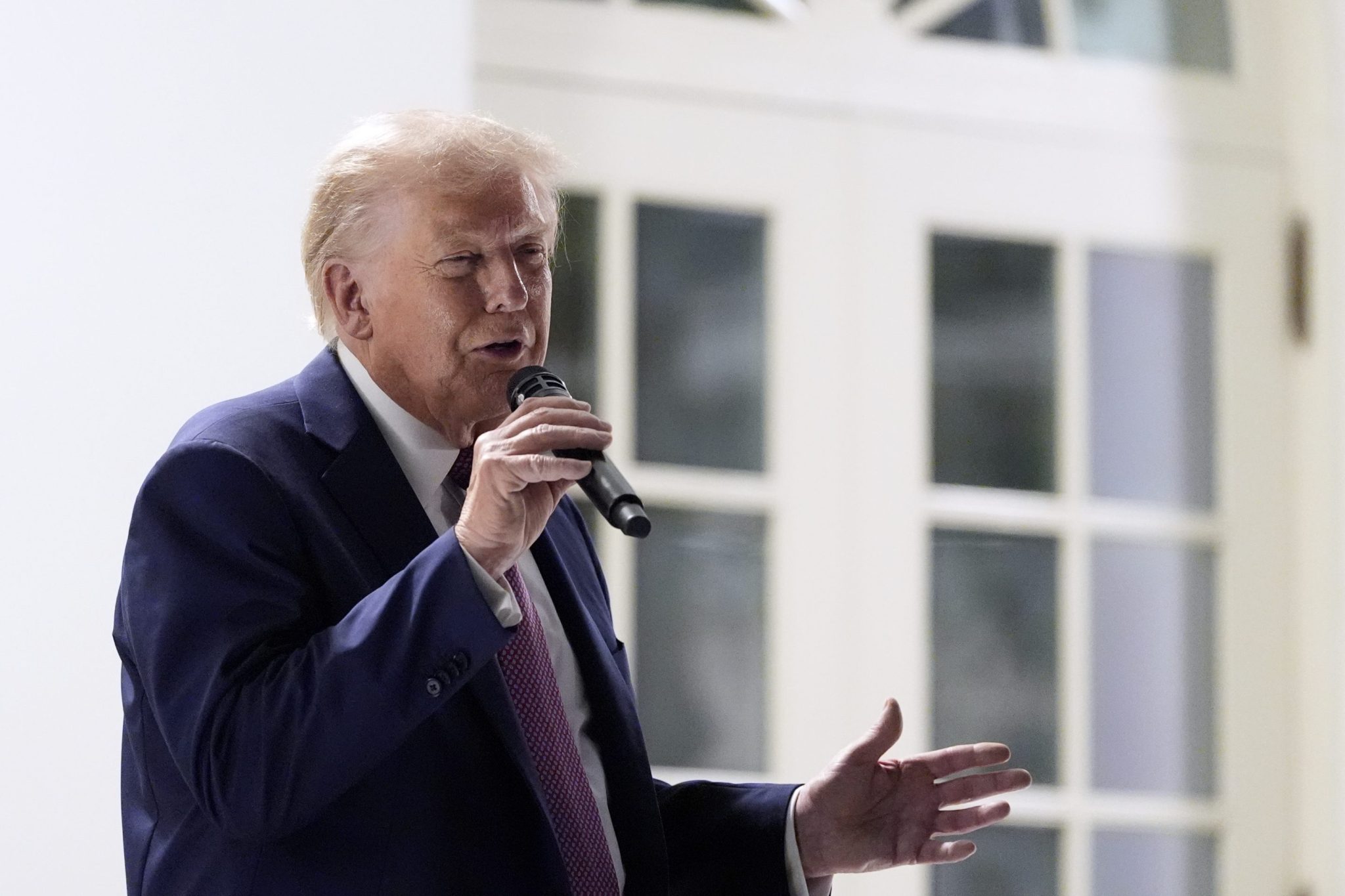


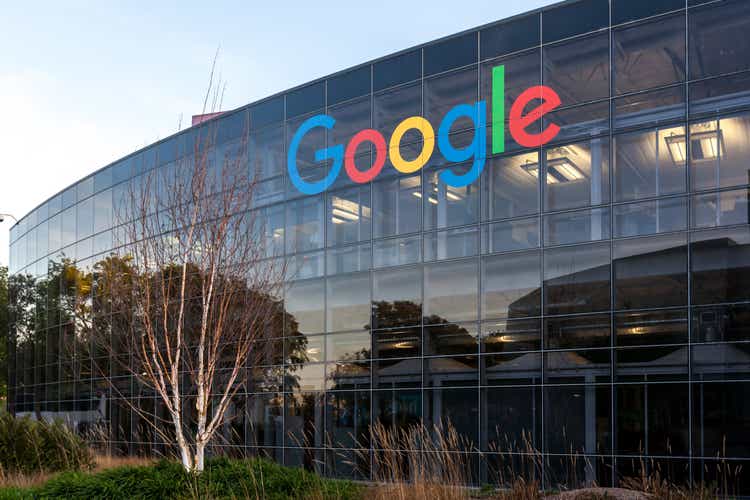



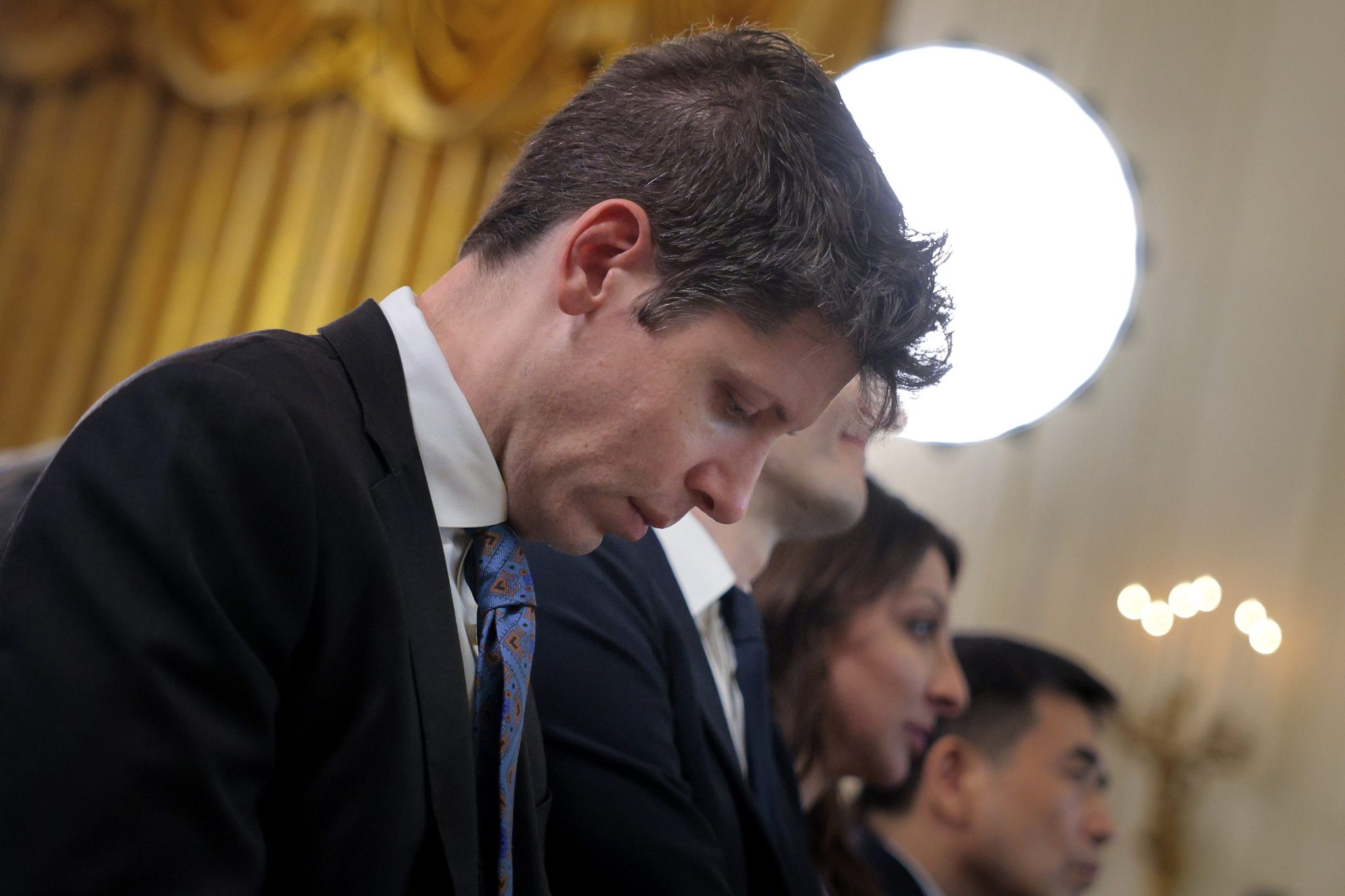
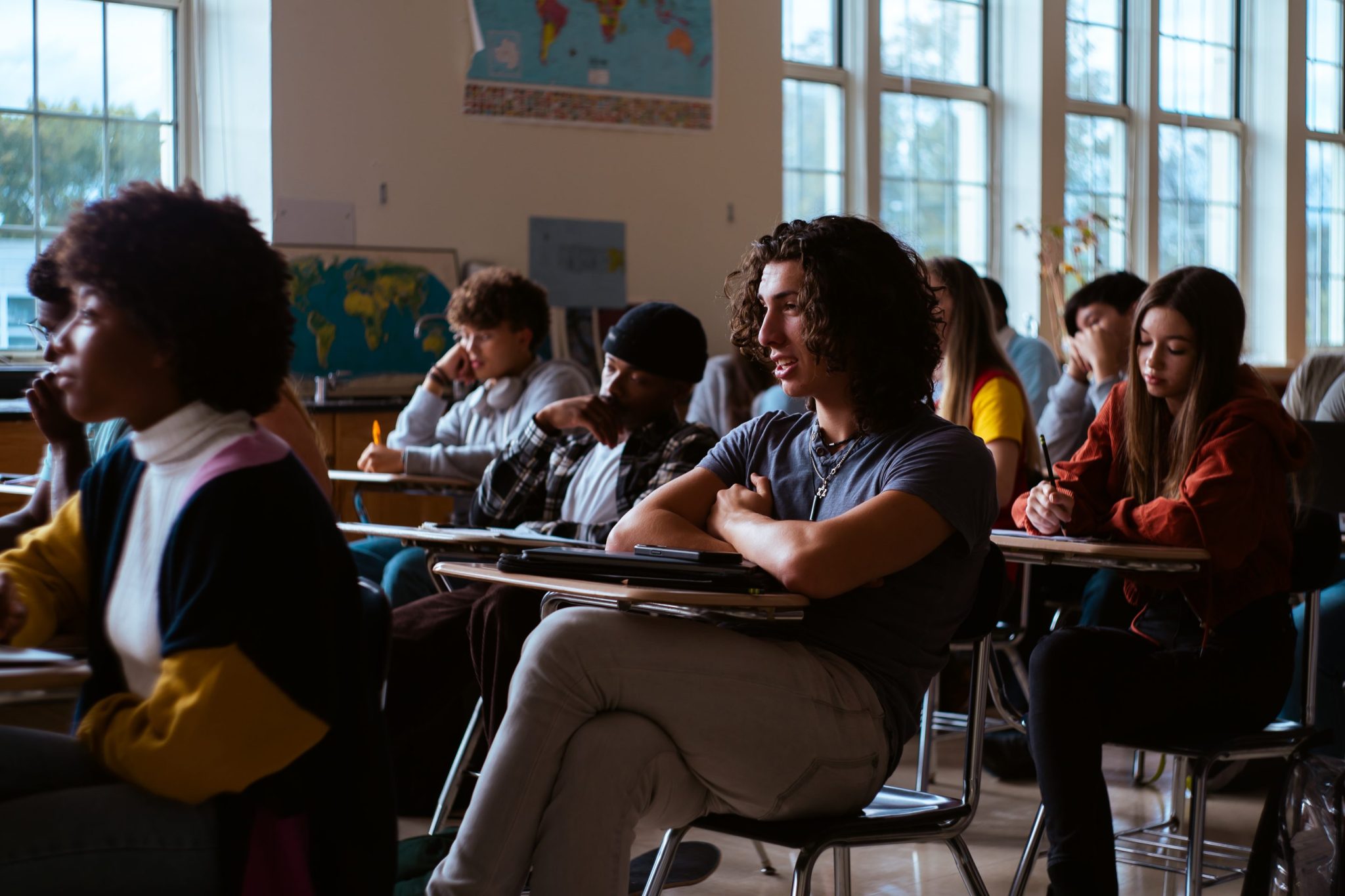

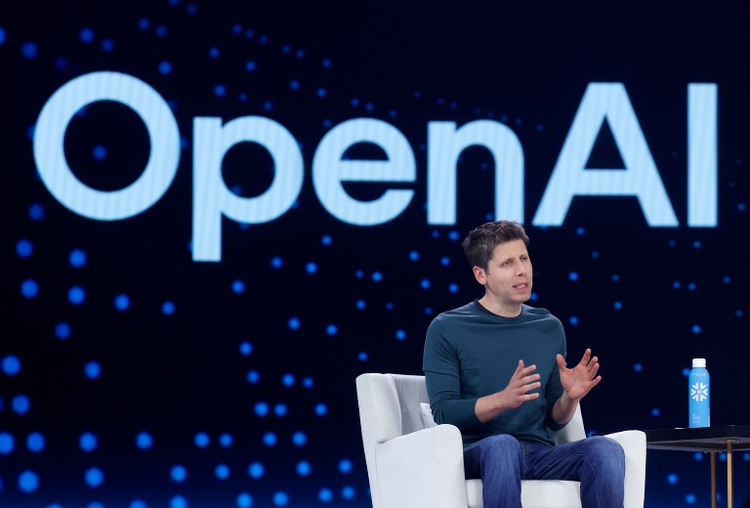


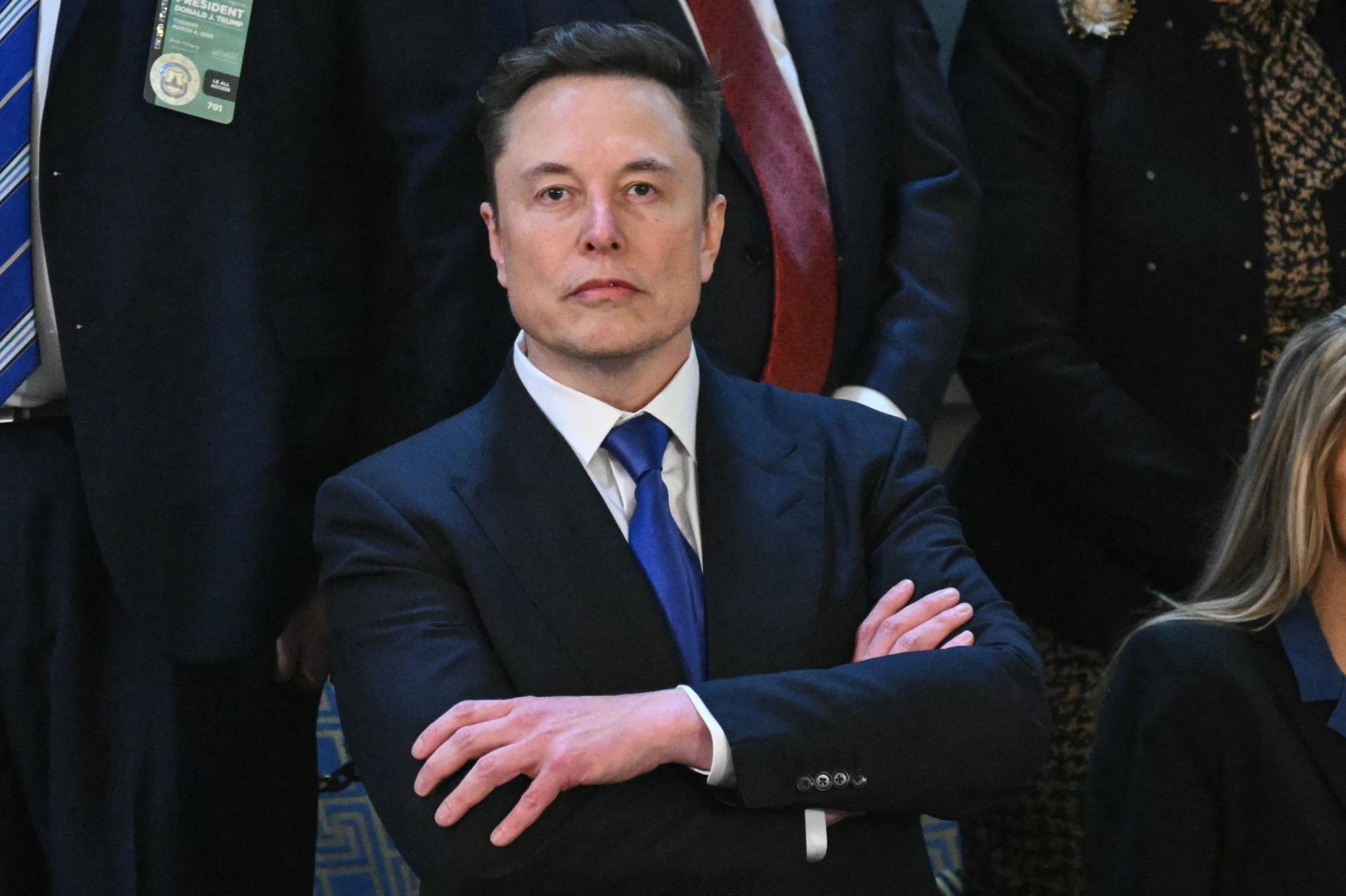



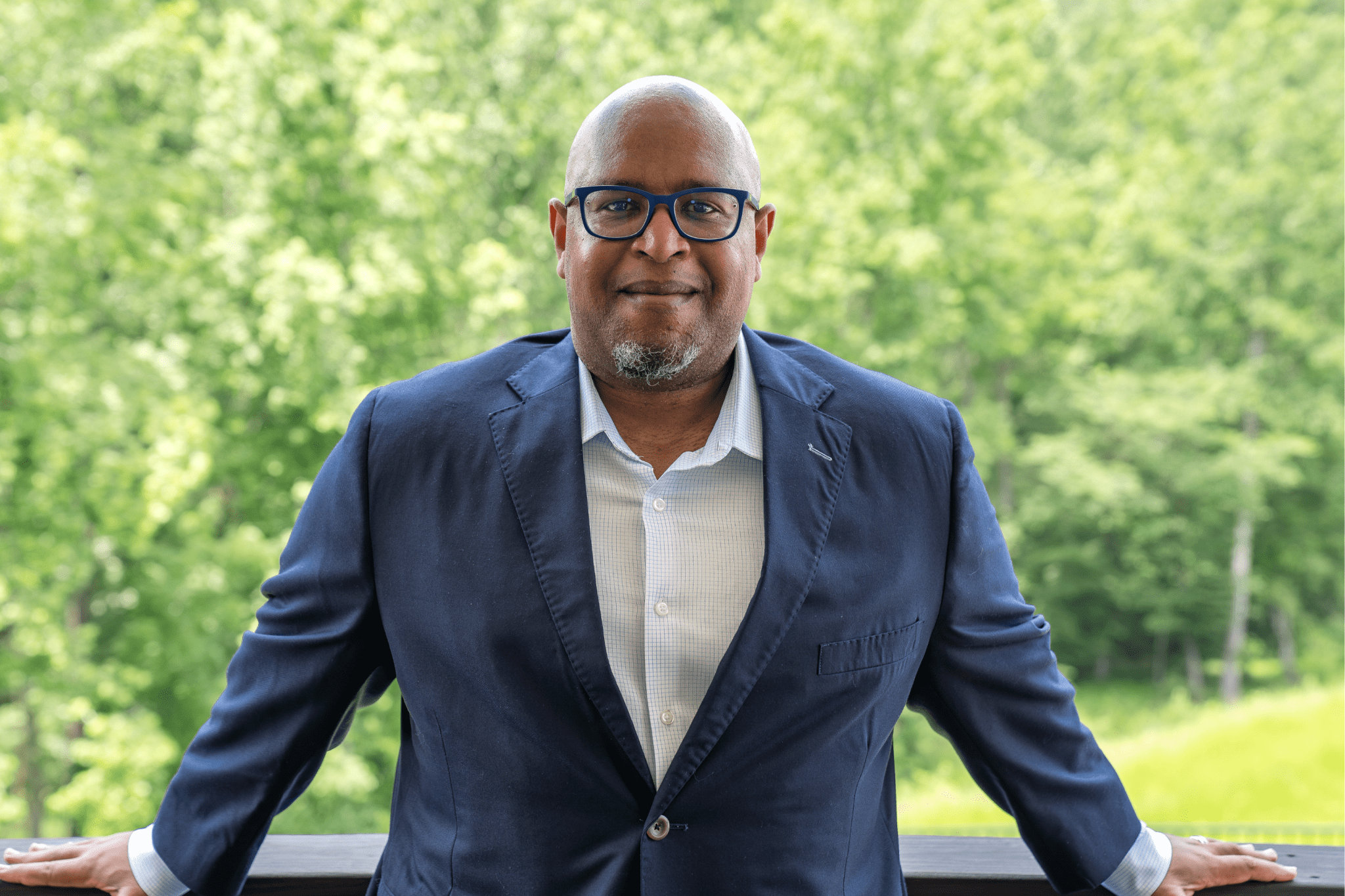
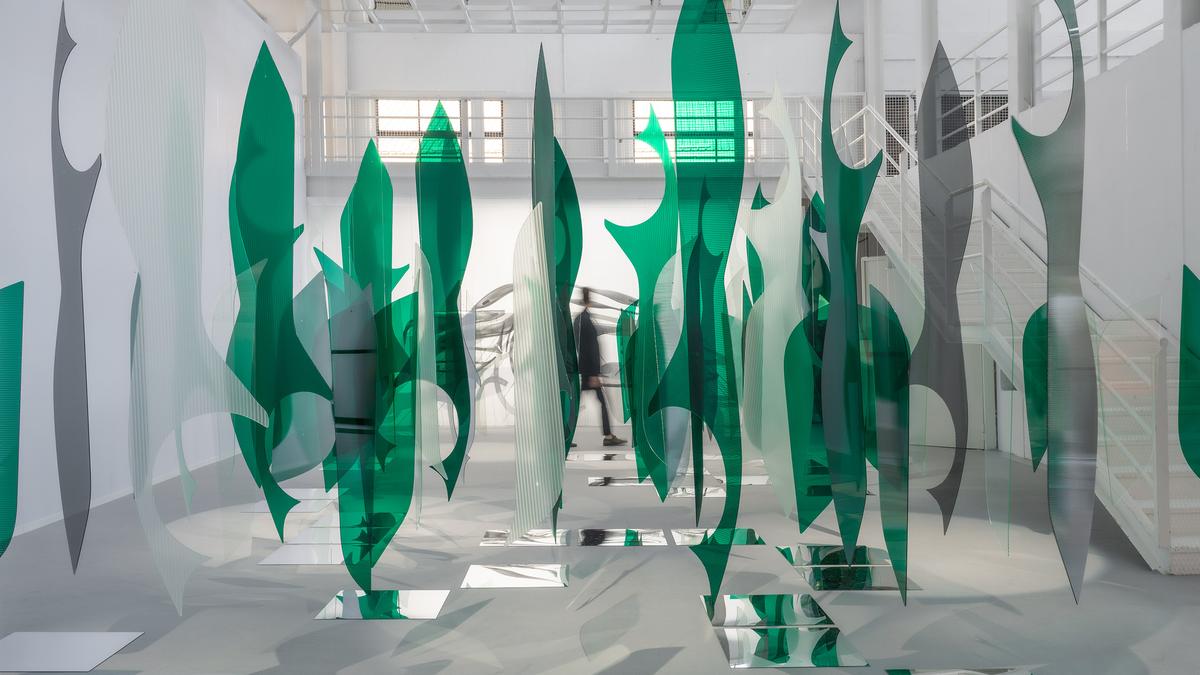
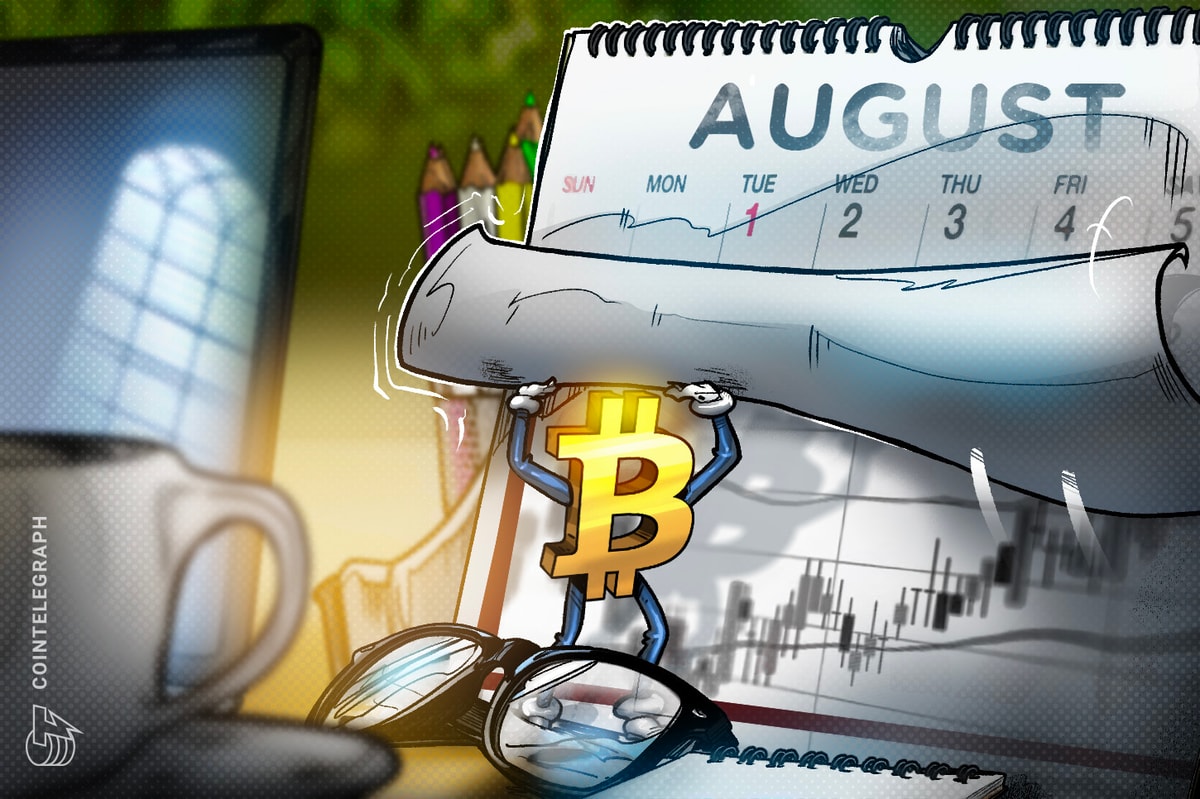
 English (US) ·
English (US) ·